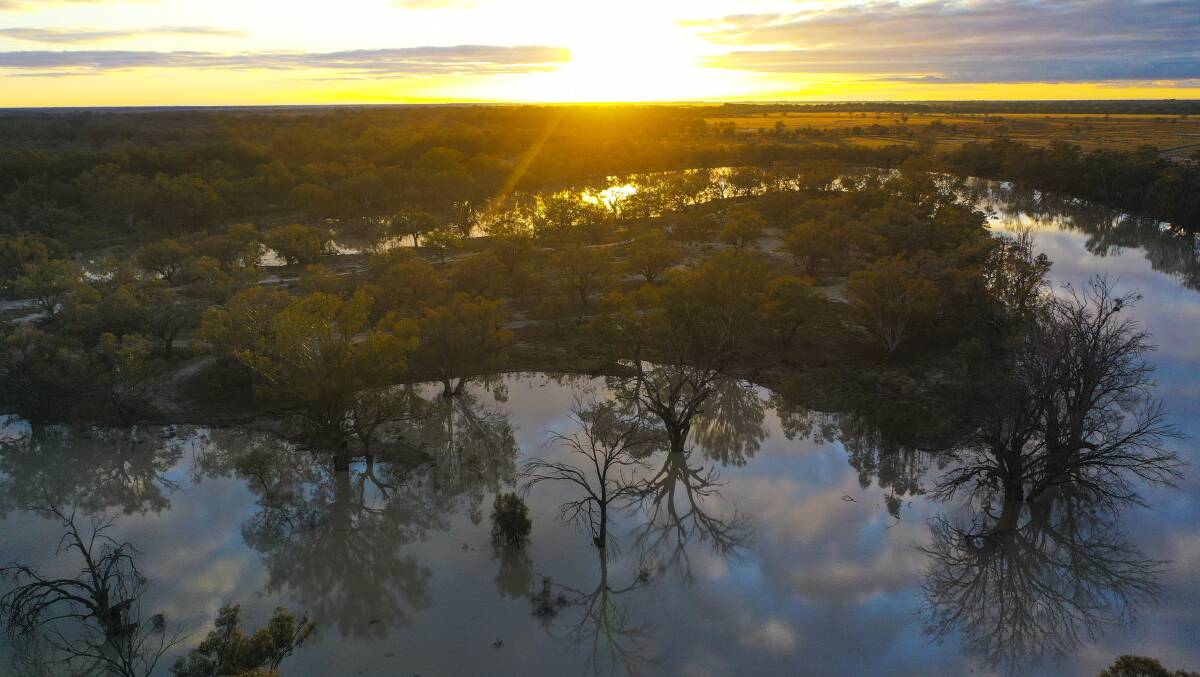A $126.48 million federal government grant awarded to Murrumbidgee Irrigation to upgrade infrastructure is a gross misuse of public funds, according to the Nature Conservation Council.
The funding has been provided to one of Australia's largest private irrigation companies in the Murray-Darling Basin catchment area surrounding Griffith.
Murrumbidgee Irrigation claim automation works, the replacement of 20 kilometres of open channels and the construction of a surge reservoir will generate 7.4 gigalitres in water savings.
The Conservation Council said the funding committed taxpayers to pay a record $20,000 per megalitre to recover water.
Acting chief executive Jacqui Mumford said by some estimates this was the most expensive water yet in the Murray-Darling River system.
"It's a scandalous waste of taxpayers' money," she said.
"There are far cheaper and more effective ways to meet the targets of the Murray-Darling Basin Plan."
Ms Mumford said at that price the $13 billion Murray-Darling Basin fund would only buy about 20 per cent of what was required to be recovered under the basin plan.
"Water buybacks are a far cheaper way to achieve the same result and the result is more certain than forecast gains from water efficiency measures, which are highly uncertain," Ms Mumford said.
In its submission to the grant application proposal the Australian Institute wrote that calling this expensive water would be an understatement.
"Simply buying water back from willing sellers costs around $2000 per megalitre," authors Roderick Campbell and Kate McBride said.
"The MI [Murrumbidgee Irrigation] proposal represents a cost 10 times greater than simply buying back the water."
Former director of the Murray-Darling Basin Authority Maryanne Slattery said the upgrade was the latest in a stream of poor basin investments, with infrastructure in the Murrumbidgee valley particularly problematic.
"This is on the back of years and years of throwing infrastructure money into the Murrumbidgee Irrigation Area for projects that supposedly improve efficiency, but actually increase the irrigation area, which is the opposite of what the basin plan is supposed to achieve," she said.
Ms Slattery said irrigators had been receiving money to reduce seepage for about a decade and one of those projects actually doubled the size of a major irrigation channel.
"What they say the project is for and what the project actually delivers is a different thing," she said.
Murrumbidgee Irrigation CEO Brett Jones said reports the company was essentially building a dam through investment in a new reservoir were misleading.
"It's not a dam, it's a 5000ML small surge reservoir," Mr Jones said.
He said the creation of the reservoir would allow farmers to turn on water faster with a higher flow rate than if it was coming down from the river.
Being able to divert water into the reservoir when they shut it off will prevent water from spilling out through drains and creating greater losses, Mr Jones said.
Of the forecasted water savings, Murrumbidgee Irrigation have promised 6.3GL will go back to the environment and 1.1GL will go to farmers and the local community.
Mr Jones said the socioeconomic impact which occurred during buyback programs whereby property owners profited then moved off the land should be considered in management of the Murray.
"Likewise, saying the cost of water through investment in infrastructure is over the top undervalues the actual true benefits there for the community," he said.
Federal Water Minister Keith Pitt was in Shepparton on Wednesday, in the Nationals-held seat of Nicholls, to announce a further $66 million to upgrade the basin's river models.
The stated aim of the upgrade was to give water users better and more transparent access to information.
In Griffith, with 80 per cent of the automation work complete, Mr Jones said Murrumbidgee Irrigation had already demonstrated the project would deliver its projections.
"We've done all this work before and we've achieved the water savings that we've put forward in the past so we're very confident around the water savings numbers," he said.
The design work for the next stage of the project is almost complete and the upgrade was on track for completion ahead of its June 2024 deadline.








